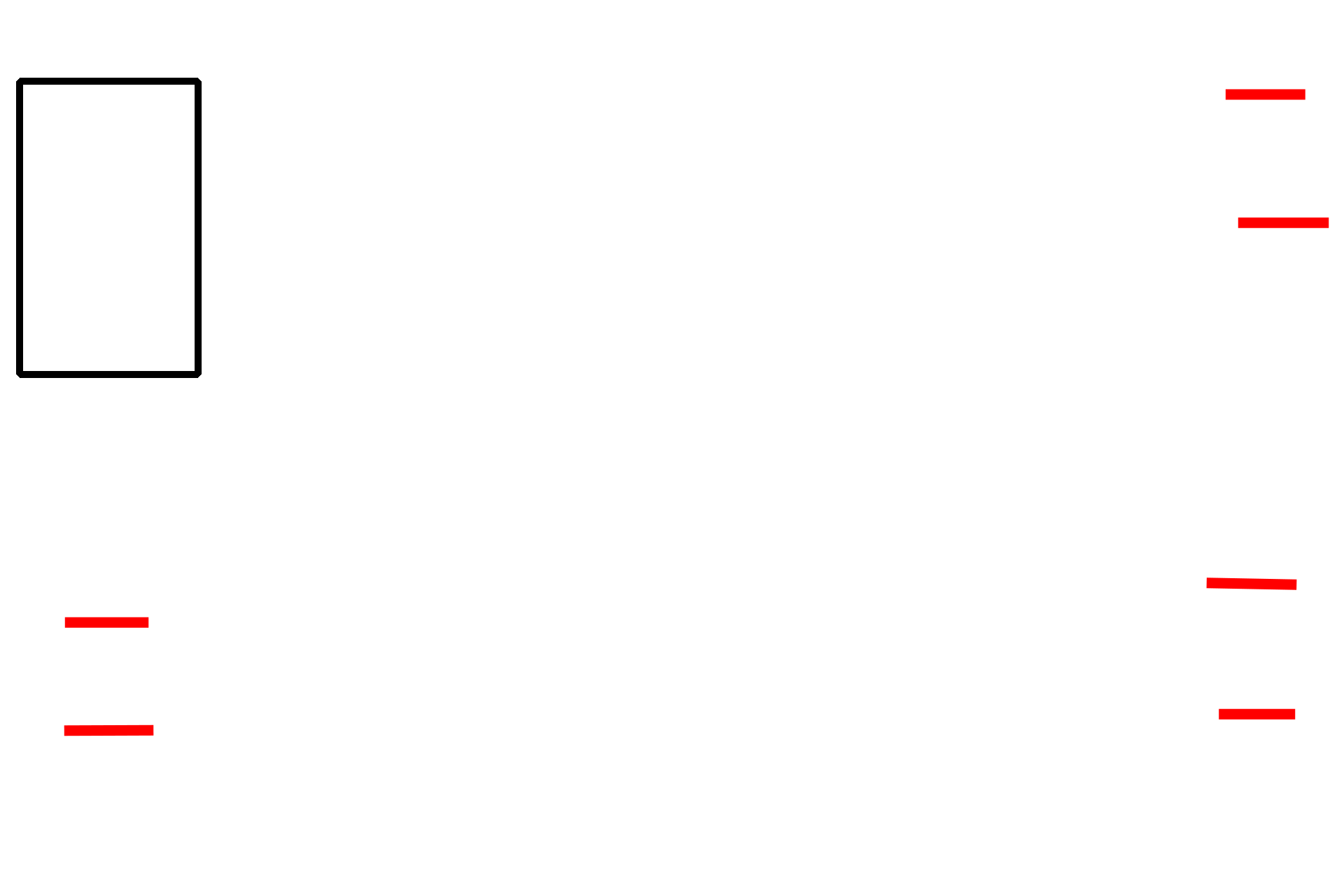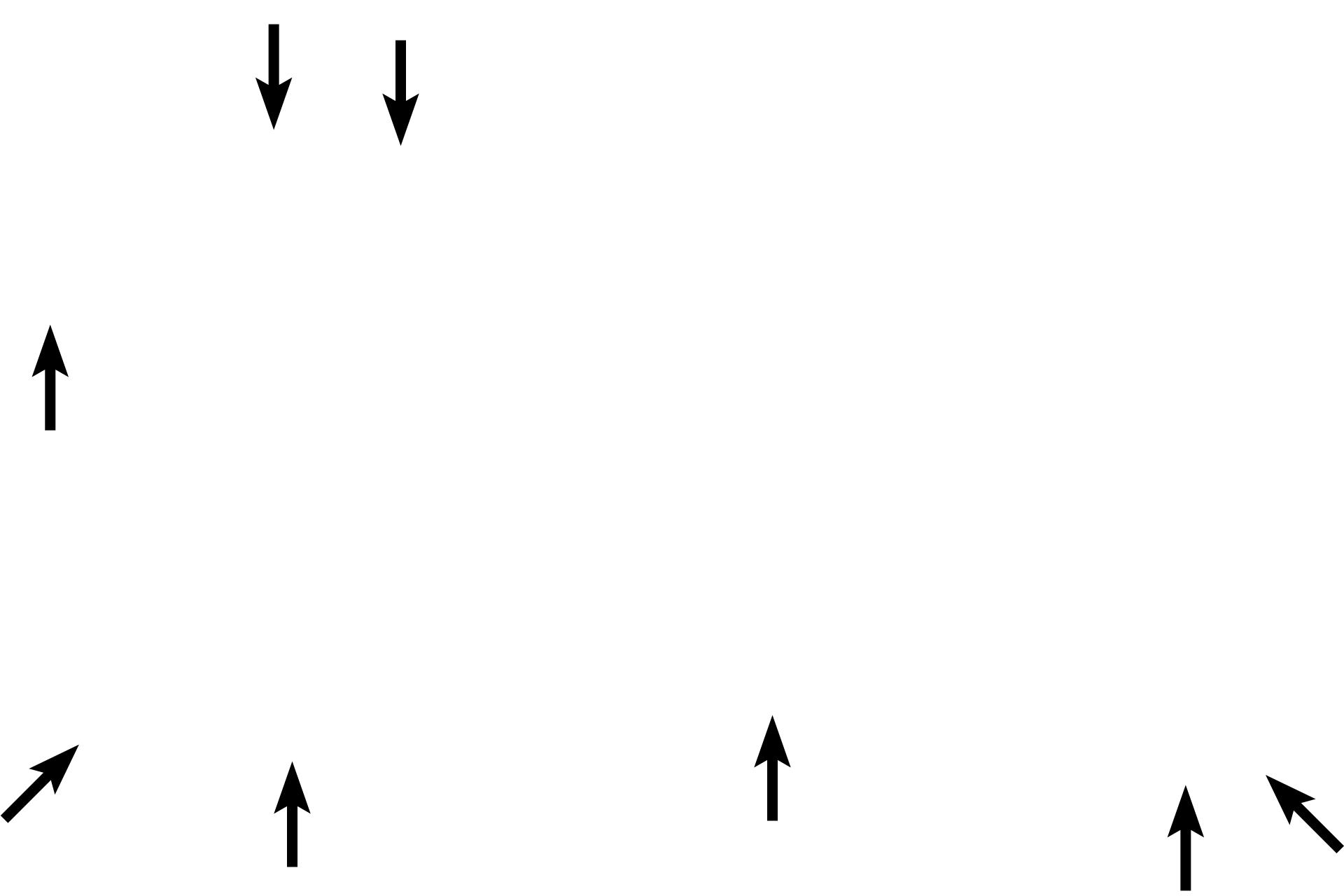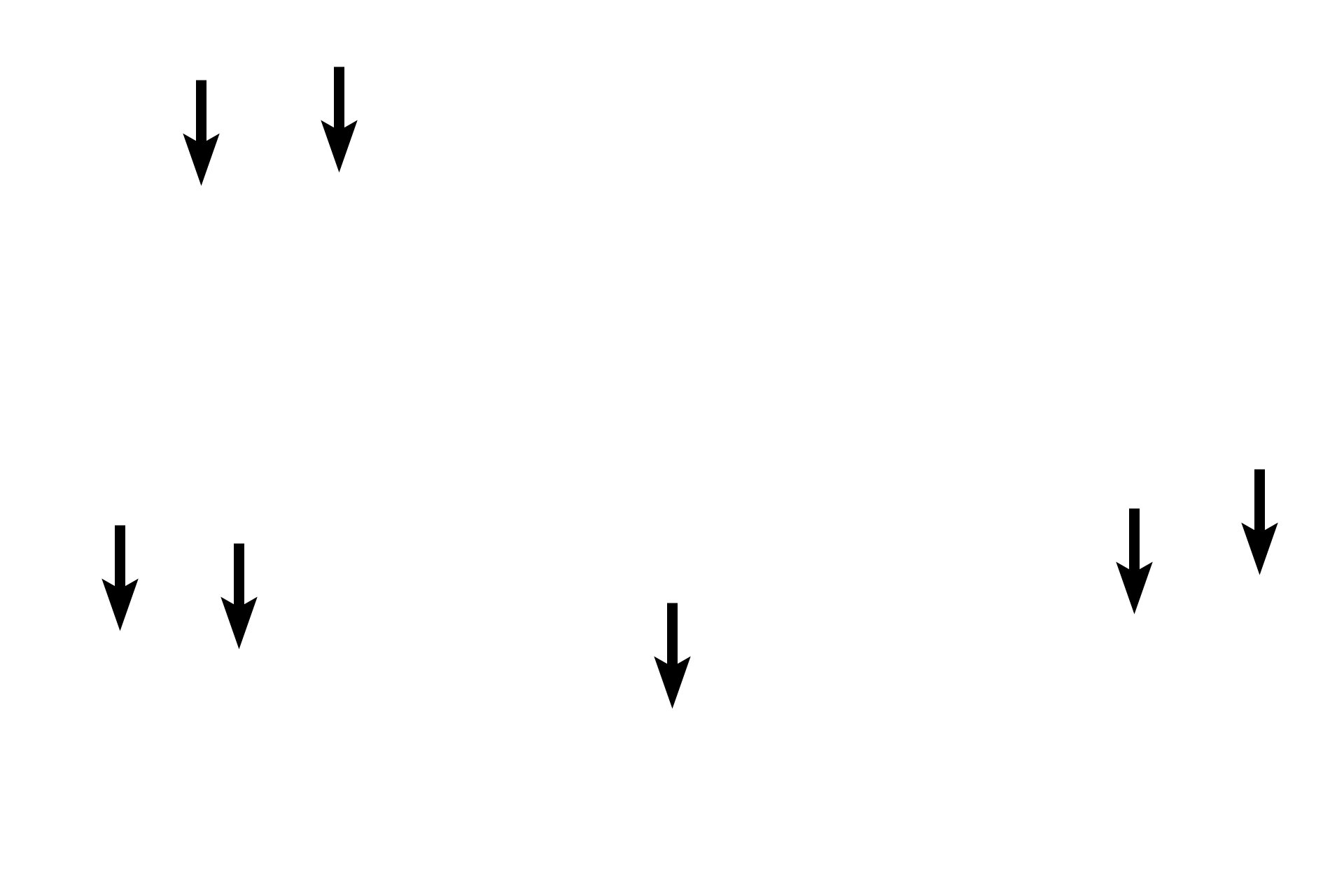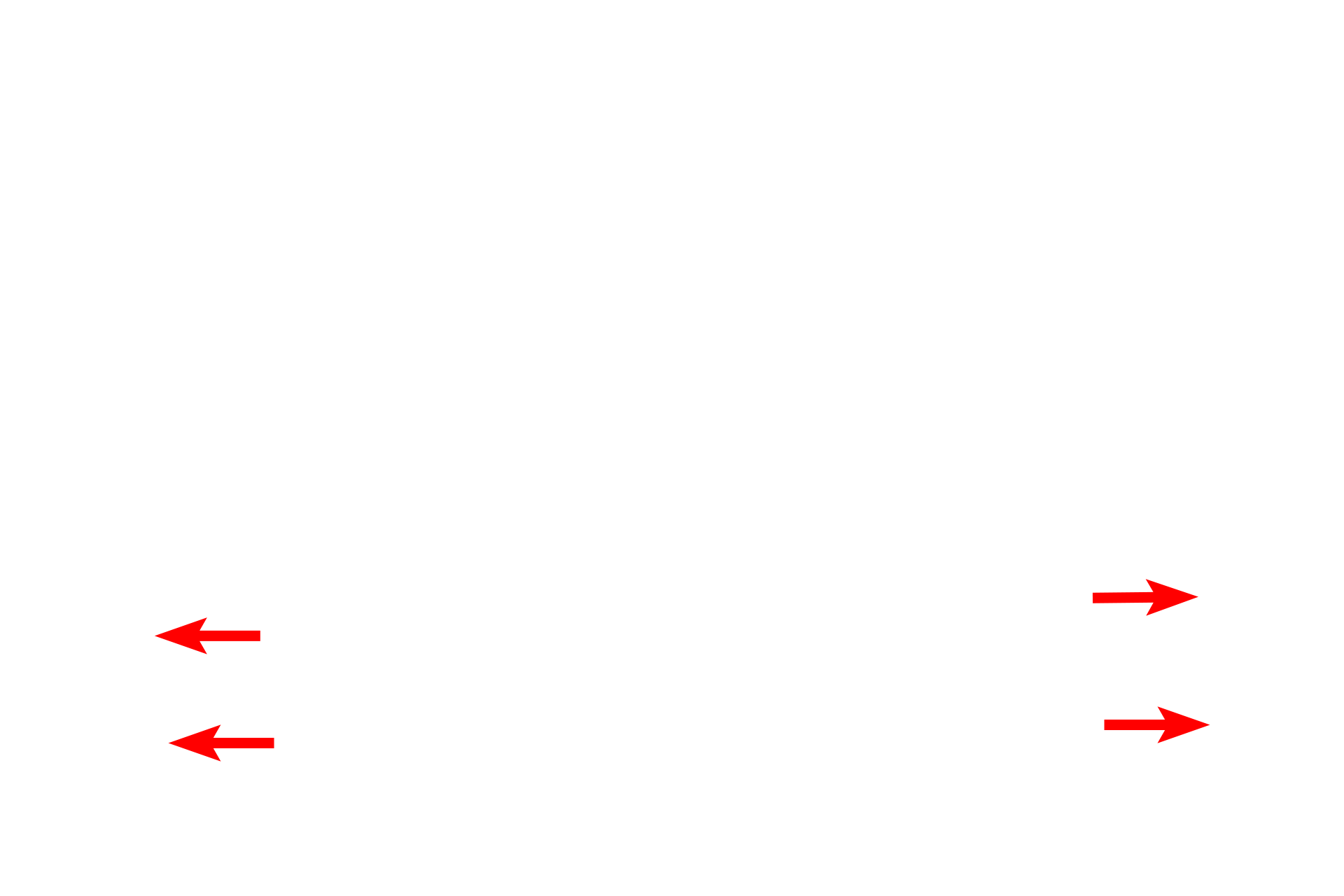
Bone: the organ - components of long bones
The dried femur preparation above and the drawing of the humerus below illustrate the structure of long bones. The organ “bone” is composed of bone tissue, internal and external coverings (endosteum and periosteum, respectively), blood and nerve supplies, bone marrow and articular cartilage(s). No organic tissue remains in a dried specimen, like this femur. Long bones have a number of functional regions, including a diaphysis (shaft), epiphyses and metaphyses.

Diaphysis >
The diaphysis consists of a cylinder of compact bone surrounding a central hollow core. This core, the marrow cavity, is filled with bone marrow.

Epiphysis >
The epiphyses (singular: epiphysis) are expanded regions at each end of a long bone. Epiphyses provide sites for muscle attachment and articulation with other bones.

Metaphysis >
The metaphysis is a wedge-shaped region between the epiphysis and the diaphysis.

Compact bone >
Compact (cortical) bone covers all exterior surfaces of bones, except for the articular cartilages, and forms the majority of the thick wall of the diaphysis in long bones. Compact bone appears solid to the naked eye.

Spongy bone >
Spongy (cancellous) bone lines the interior of a bone, fills the epiphyseal and metaphyseal regions of long bones, and lines the marrow cavity in the diaphysis.

Marrow cavity/spaces >
The core of the diaphysis of a long bone is a hollow space (marrow cavity, blue arrows) filled with bone marrow. Spongy bone in the epiphyses and metaphases contains numerous small spaces (black arrows). At birth all these bony spaces are filled with red marrow, consisting of myeloid (hemopoietic tissue), that produces red and white blood cells. By age 25, red marrow in the diaphysis is replaced by yellow marrow, consisting of adipose connective tissue with limited myeloid tissue.

Periosteum >
The periosteum covers all external surfaces of a bone except where articular cartilages are present. The periosteum was not preserved in this specimen of the femur; its position is indicated by the arrows.

Endosteum >
The endosteum consists of a single layer of cells that line all interior bony surfaces except lacunae and canaliculi. The endosteum, like the periosteum, was not preserved in this preparation.

Epiphyseal plates >
Long bones grow in length from a plate of hyaline cartilage, called the epiphyseal plate, located between the epiphysis and the metaphysis. Growth had not stopped in this femur so the visible narrow gaps represents the original locations of the epiphyseal plates.

Epiphyseal lines >
Growth of bone in length ceases when the epiphyseal plate stops functioning and is replaced by bone (epiphyseal plate closure), leaving an epiphyseal line in its place.

Articular cartilages >
Articular cartilage is hyaline cartilage that covers the articulating surfaces of bone. The smooth, glassy surface of this cartilage allows the ends of the bones to move easily on each other. A periosteum is not present on articular cartilage. Arrows indicate the positions of articular cartilages, which are not present in these images.